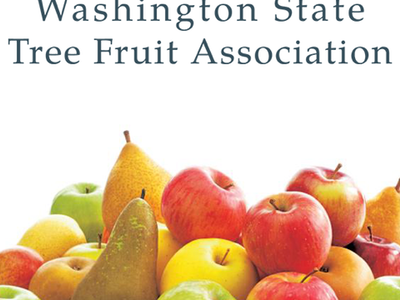Don't feed deer
It may seem like you’re helping, but handouts for wintering deer and elk ultimately harm the animals and people.Seeing a herd of deer outside your door or a herd of elk may seem idyllic, and during winter they can almost seem tame. But truth is they’re wild animals that need to remain wild animals, and feeding them can quickly create a variety of problems.
Here’s how a simple well-meaning act can lead to a neighborhood-wide conflict.
The same, sad story
A neighbor has been leaving feed on their property all winter. The wintering deer catch wind of this 24-hour eatery and tell their out-of-town friends. The numbers grow, and pretty soon other wildlife, including coyotes and cougars, hear about this backyard buffet as well.
The deer and elk eat what’s available and start patrolling the neighborhoods for more readily-available grub, while predators start sourcing their own food – including household pets – as residential conflicts with humans increase.
Regardless of how cute, fuzzy or “hungry” those deer and elk look this time of year, please remember: They’re built for this environment. They do not need a tray of feed laid out in the backyard in order to survive the winter. They’ve done it for thousands of winters before, and they’ll do it again this winter.
Come one, come all
Folks usually have good intentions and are only trying to help. But feeding wildlife can actually do more harm than good.
Deer and elk can face health issues when well-intended, but ill-informed people choose to feed residential wildlife. Feed left out for one deer or elk can quickly lead to more. Large quantities of wildlife in small areas can increase the chances of diseases spreading among the population. Deer and elk digestive systems have adapted to different types of forage for different types of year. During winter, they’re adapted to digest dried, low-nutrient forage. Adding unnatural, rich food to their diet can create serious digestive problems, bloat and even death.
Feeding deer and elk in neighborhoods can also attract them to deadly plants commonly used in landscaping, as was the case in January 2022 in the Wood River Valley. Despite Blaine County’s ordinance restricting the planting of these poisonous plants, five elk were found dead in residential areas after they consumed toxic yew plants. Two of those elk were calves. In 2015-16, the same noxious yew plant killed at least 20 elk in the same area.














